Famous for the diversity of flora and fauna throughout the entire country, Croatia continues to be one of the most highly sought after destinations for nature lovers. Situated in Central and Southeast Europe, this small country with around 4.3 million citizens offers breathtaking natural scenery, completely unspoiled and easily reached. The sheer diversity is incredible as Croatia is quite elongated in shape, thus offering a few different natural settings and climates. Out of all National Parks in Croatia, I'll try to introduce you to few that in my opinion stand out among the rest.
Plitvice Lakes
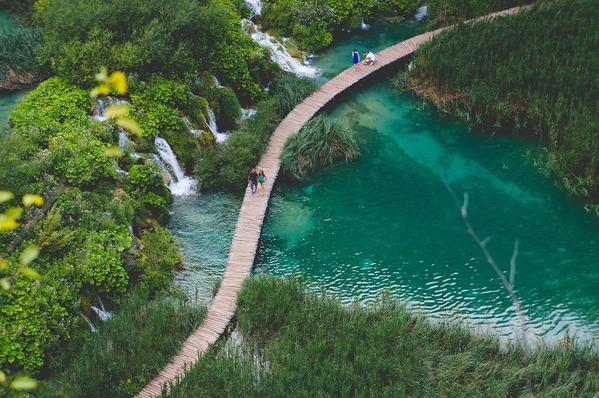
Probably the most famous natural park in Croatia, Plitvice Lakes are listed as a UNESCO World Heritage site and are well known for the clear and translucent water of 16 connected lakes, with an array of turquoise, azure, blue and green tones are all intertwined. The color of the waters here changes due to the season and minerals, offering quite a unique and interesting experience. Still, waterfalls of Plitvice are probably the most known symbol of this park, peaking at impressive 78 meters in height.
Plitvice Lakes have a wonderful and tranquilizing ambience. They are rather easy to reach, both from Zagreb or Zadar, with multiple accommodation options in its vicinity. Aside from lakes and water, this National Park is known for mesmerizing and lush nature, especially during spring to late autumn.
Paklenica

Paklenica is situated between the mountains and the sea. It is a National park offering a view of two massive canyons which are cut into the mountain called Velika and Mala Paklenica, with its highest peak of 1753 meters being Sveto Brdo. You can also take a guided cave tour of Manita Pec, a 175-meters long natural wonder decorated with the most amazing natural stalactites and stalagmites. Don't be surprised by animal sightings as deer, wolf, lynx and the brown bear are just some of the few species inhabiting this area. As you can understand, Paklenica is not the most visitor friendly National Park in Croatia, so having an experienced guide here is of the essence. But you shouldn't be afraid to come here, since the park offers some of the most amazing and unique sights and experiences the country has to offer.
Krka
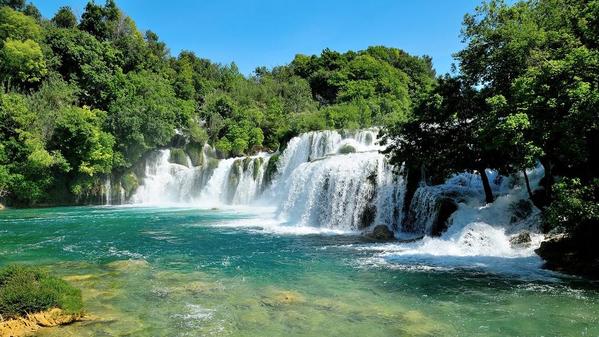
Situated close to city of Split, National Park Krka (named after the river of the same name) is also rich with extraordinary waterfalls. Unlike Plitvice Lakes, you can actually swim in the waters here. The largest waterfall is called Skradinski Buk and it is quite famous and loved by the locals. The waterfall itself creates a soothing ambiance, filling the air with the most relaxing sounds. Combining that with crystal clear waters and a pleasant Mediterranean climate, it's no wonder that Krka has become such a beloved and frequented natural reserve. For those interested in cultural and architectural wonders of these parts of Europe, not to be missed is a 14th century medieval fortress on the Krka River, along with the Krka Monastery and old mills - now used as a museum complex.
Northern Velebit
Enthusiasts for outdoor activities, especially hiking and cycling, often choose Northern Velebit National Park as a destination. This monumental mountainous ridge is perfect for explorers, offering them amazing picturesque view of mountains connecting to the sea by day, and stargazing in complete peace and tranquility of the unspoiled nature at night. Although it is possible to hike along the entire length of the mountain, it is necessary to have the right equipment and to follow marked paths if you do. If you get tired along the way, various mountain huts (all marked on maps) will offer you chance to get some rest, revitalize and restock before venturing any further.
Brijuni
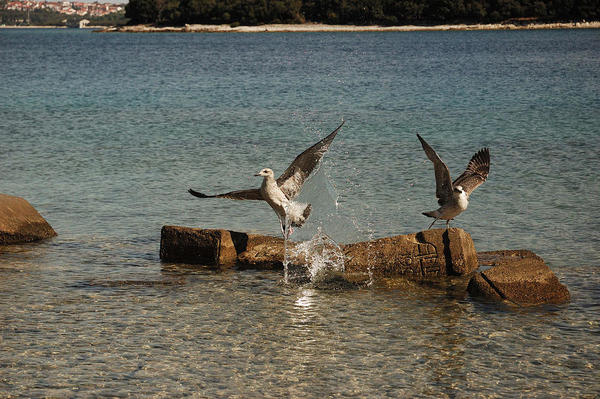
The Brijuni archipelago consists of 14 islands, with the main island Veli Brijun being one of Croatian's National Parks. Situated on the coast of Istrian region of Croatia, right across from a charming fisherman's village Fazana, it is easily accessed by boat rental or ferry services. The flora of Brijuni is more than rich, counting more than 600 indigenous plant species. One of the most interesting facts about local flora is that some of the endangered plant species of Istria, such as marine poppy and wild cucumber, are actually widely spread on the island. Wildlife of Brijuni is also quite something, since along with autochthonous species, here you can find many exotic animals that are imported in the early 20th century, all roaming free. As far as cultural monuments of Brijuni go, there are several Byzantine monuments, Roman villas, and a significant part of history of former Yugoslavia in form of a residence of its last president Josip Broz Tito.

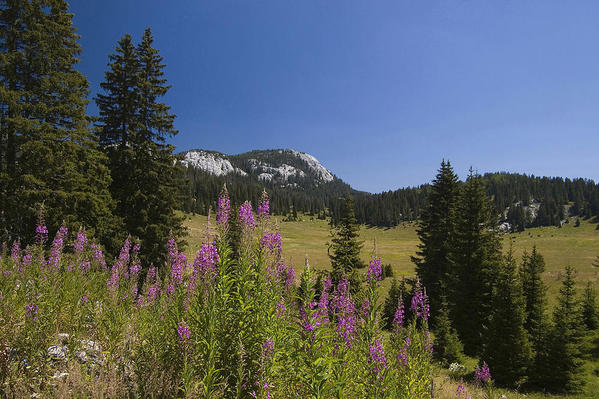


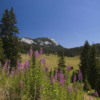
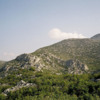

Comments (3)